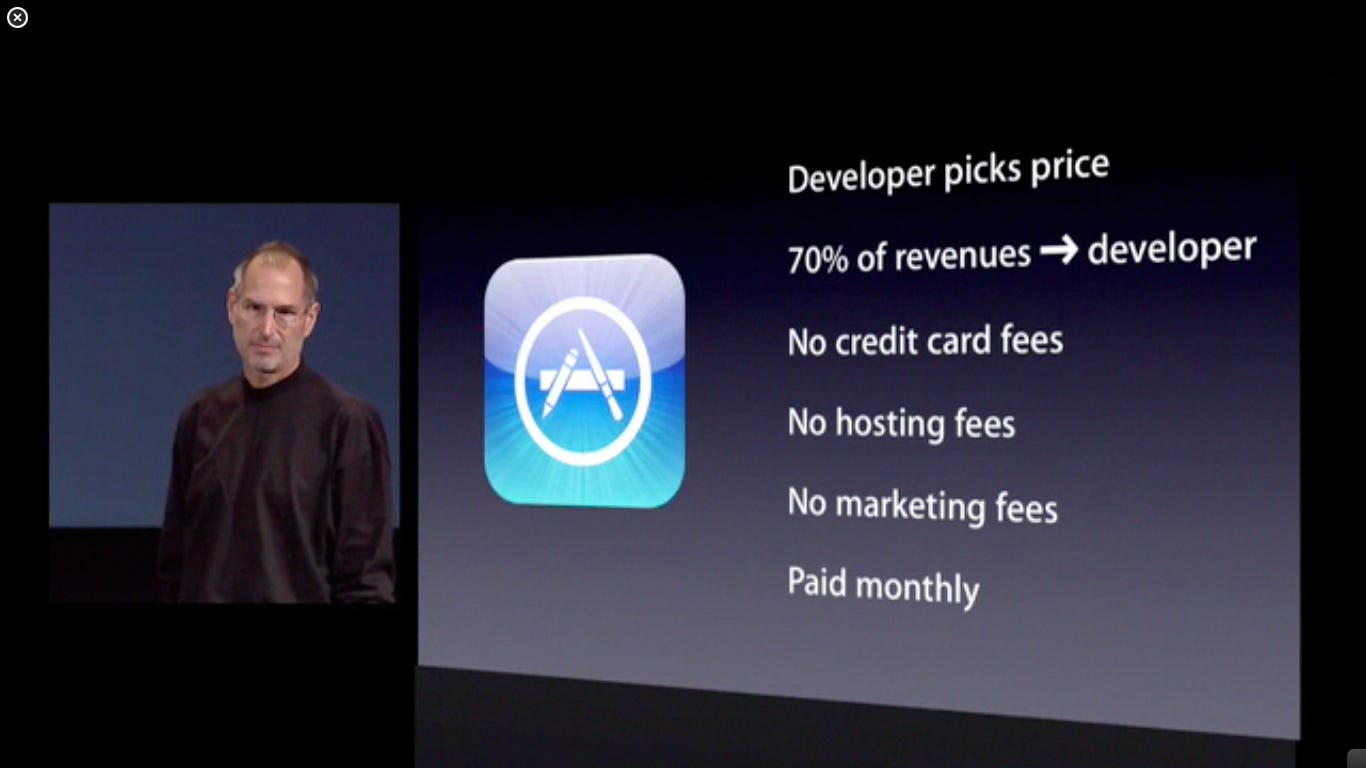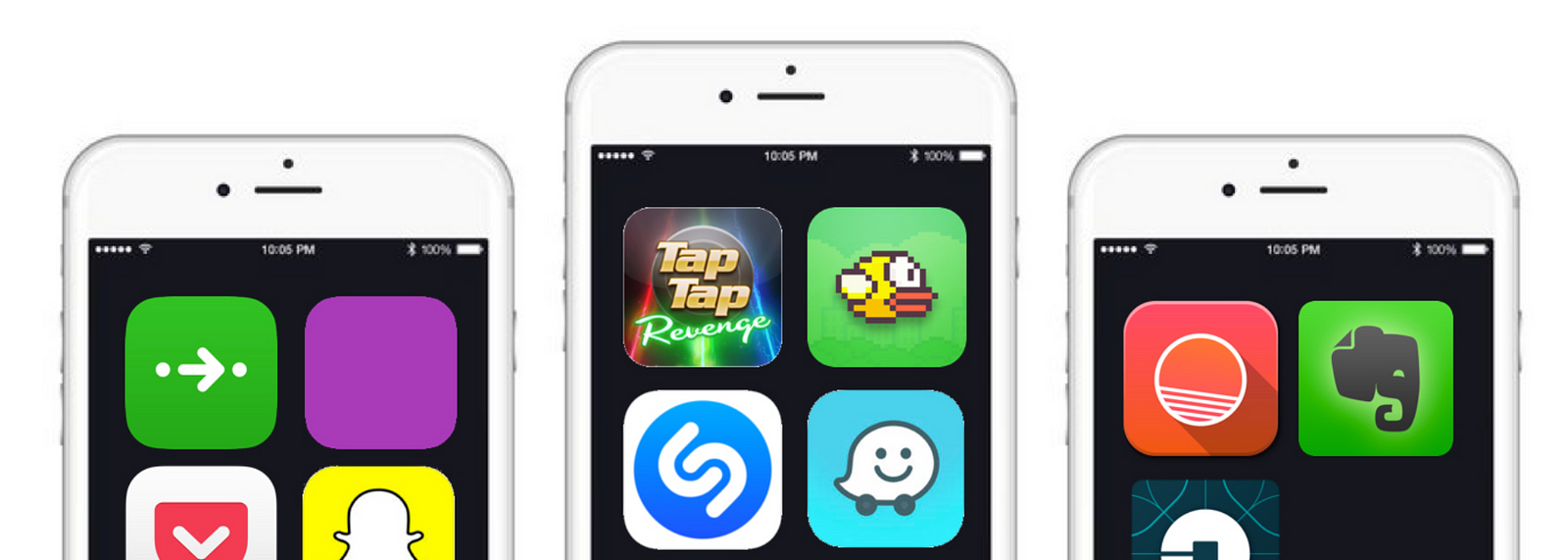Build World Class User Onboarding
Lessons learned from 10 years of using + building apps.
Back then
In 2007, the iPhone was first released. Along with it, the App Store was born.


2007 to 2010 also happened to be my high school years. Back then I would spend hours each day installing and trying news apps. The concept was revolutionary, and the potential for what apps could become was endless.
Some apps — UBER, Evernote or later Waze — required (and still do) the user to signup and create an account during the onboarding. Because of phone and internet speed, apps that required an internet connection during the signup were unbearably slow. If you had to use that same phone today to install your apps, you probably wouldn’t complete the onboarding.
On the other hand, others apps — Shazam, Google Map or later Citymapper — had a much more lightweight onboarding experience, allowing users to start using the app immediately. No account creation was needed, just a microphone or location request.
Most apps had good reasons for their onboarding experiences, and apps like Shazam were much easier to adopt because they didn’t require a user account or credit card. The user simply had to open the app and get started.
Apps that understood the power of onboarding and the need to simplicity were true pioneers.
Now
Smartphones and apps have significantly improved, and the importance of UX is now well understood.
Interestingly enough, as is the case for most consumers, I am downloading few to zero apps a month. Thousands of apps are released every single day, and yet, I tend to stick to a few apps that I discovered back in the day and only rarely get hooked to new apps.
Our attention is limited and our home screens are cluttered. Speed at which apps deliver value and ease of use are more important than ever in order to capture our hearts.
User Onboarding
As Kevin Hale — Wufoo founder — explained at his class at YC: as humans we need to create a relationship with things we interact over and over again: cars we drive, tools we use, etc.
 Above: love stories
Above: love storiesAs with any relationship, first impressions matter. And despite the now well-known importance of first impressions, certain companies still don’t give it enough attention.
As a matter of fact, for most applications, user onboarding is one of the few things that every single one of your users will experience.
Once someone has decided to try out your application, the onboarding is the very first impression they get and you will only get one chance to get them to the “Aha moment”. A poor onboarding experience can leave a bad first impression causing immediate user churn or can flat out prevent a user from even getting to the core part of the application.
This in turn creates more work for the rest of the organization: marketing and sales will have to work harder to generate more downloads and initial users while product and engineering will have to work harder to make the core application even more sticky so that users can look past their poor initial experience.
In times where competition for our attention and loyalty is tough, building strong connections from very beginning has became a must-have.
Great products make first impression memorable.
They build World Class User Onboarding.
Here is how they do it:

Répondre
Want to join the discussion?Feel free to contribute!